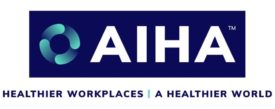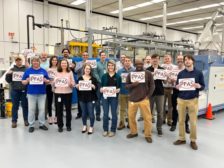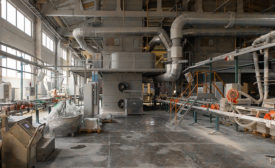Workplace Health
Best Practices
How to interpret the Pregnant Workers Fairness Act
PWFA: Historic and inevitable
March 15, 2023
Exoskeletons: Tomorrow’s ergonomic tools
A+A 2023 to feature demonstrations, symposium on industrial exoskeletons
March 2, 2023
Best Practices
How to prepare for rise in cancer rates
Survey on work-related exposure in EU to be published this year
February 6, 2023
Best Practices
Many OHS pros are being kept out of the loop with ADA management
December 13, 2022
Never miss the latest news and trends driving the safety industry
eNewsletter | Website | eMagazine
JOIN TODAYCopyright ©2024. All Rights Reserved BNP Media.
Design, CMS, Hosting & Web Development :: ePublishing











